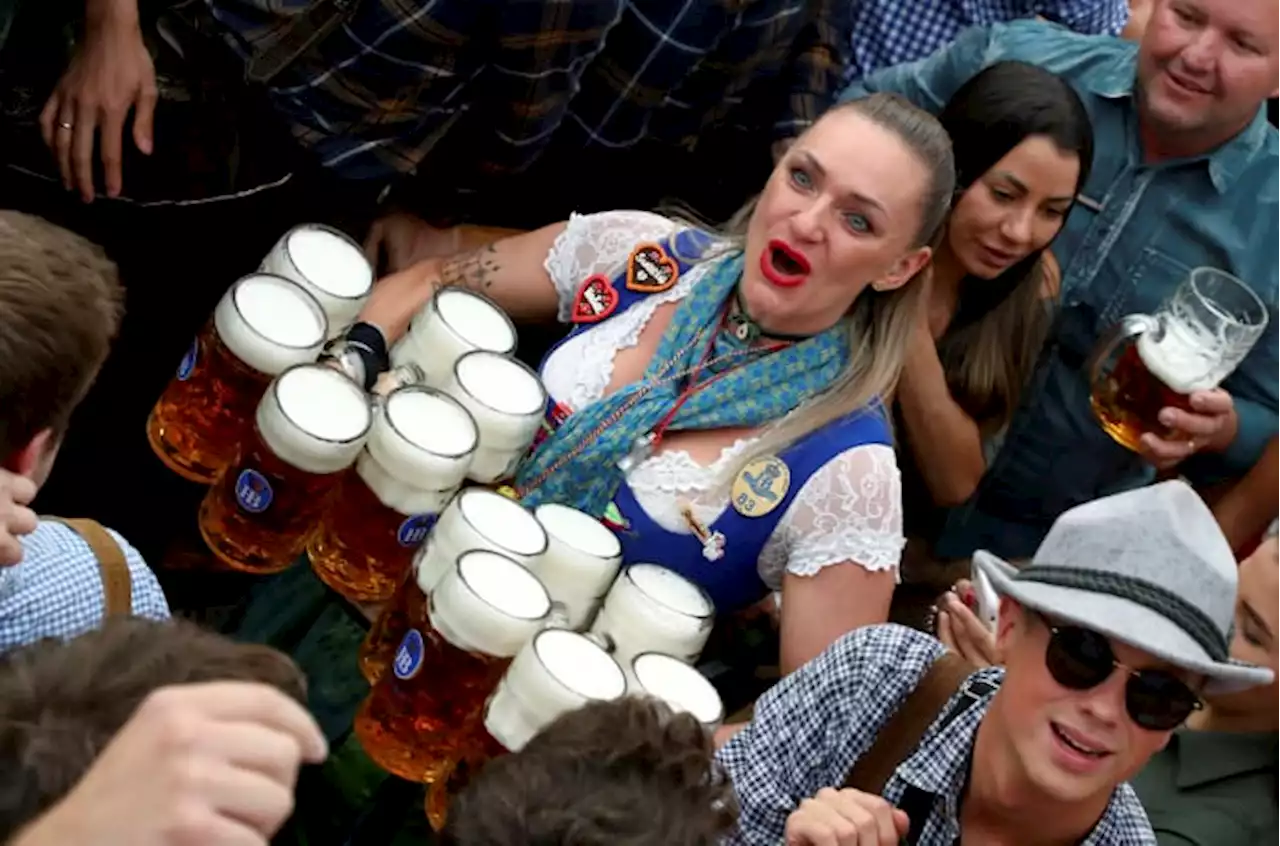Oktoberfest is back in Germany after two years of pandemic cancellations — the same bicep-challenging beer mugs, fat-dripping pork knuckles, pretzels the size of dinner plates, men in leather shorts and women in cleavage-baring traditional dresses.
All that gets built into the prices of things people buy, and those higher prices cut into their purchasing power.
Inflation is “running red hot in Germany" and could approach 10% by year's end, said Carsten Brzeski, chief eurozone economist at ING bank. The rate should fall next year as consumer demand weakens — but that is small consolation today.“It's beautiful,” Mayor Dieter Reiter said. “You can see the enthusiasm has returned.
Some 487 beer breweries, restaurants, fish and meat grills, wine vendors and others will serve revelers at Oktoberfest, and opening hours will be even longer than in the past, with the first beer tents opening at 9 a.m. and closing at 10:30 p.m. The last orders will be taken at 9:30 p.m. In the years before COVID-19, about 6 million people visited the celebrations annually, many of them dressed in traditional Bavarian garb — the women in Dirndl dresses, the men in Lederhosen, or knee-length leather trousers.
Oktoberfest, first held in 1810 in honor of the marriage of Crown Prince Ludwig of Bavaria to Princess Therese, has been canceled dozens of times during its more than 200-year history due to wars and pandemics.Copyright 2022 The Associated Press. All rights reserved. This material may not be published, broadcast, rewritten or redistributed without permission.
